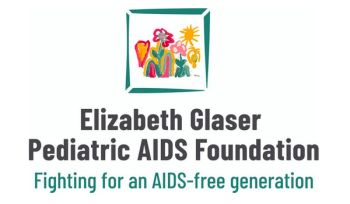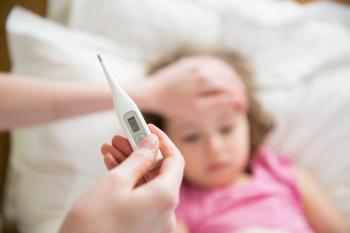
Here's how the Make-A-Wish Foundation began

New Jersey becomes 1 of the first states to mandate wearing masks for public schools this fall.

The latest report from the American Academy of Pediatrics.

When a child cannot tolerate cow's milk, the choice of formula should be informed by the condition that precludes the child from consuming cow's milk or breast milk. Here are 4 specialty formula types.


Contemporary Pediatrics speaks with Dr. Jeffrey Gerber about when we will see COVID-19 vaccines for children aged less than 12 years.

At the virtual Scientific Sessions for the American Diabetes Association, Dr. Angela D. Liese, PhD, discussed the epidemiology of type 2 diabetes in children.

At the virtual Scientific Sessions for the American Diabetes Association, a study shows that metformin can improve adolescent type 1 diabetes.

Contemporary Pediatrics talks to Dr. Katherine Luzuriaga about COVID-19 vaccines for children.

Contemporary Pediatrics recently talked to Dr. Jeffrey Kahn, chief of Infectious Diseases at Children's Health and professor at UT Southwestern about the children's vaccine for COVID-19, the importance of pediatricians, and why the plan to get children vaccinated now should follow the rubella strategy.

The Centers for Disease Control and Prevention just announced that fully vaccinated people can resume normal activities without a mask.

At the virtual World Vaccine Congress Washington 2021, scientists and pediatricians discussed the pros and cons of vaccinating children and adolescents against COVID-19.

A look at the highlights from the 30th annual Pediatric Pharmacy Association meeting.

The US Food & Drug Administration is about to authorize use of the Pfizer-BioNTech COVID-19 vaccine for children aged 12 to 15 years old.

Adverse childhood experiences (ACEs) are associated with poor health outcomes over the course of a life, but there is still little information on clinical workflows to guide these implementation practices. At the virtual 2021 virtual Pediatric Academic Societies meeting, Julia I. Reading discussed models and variations in ACE screening workflows.

The Bronx experienced 1 of the highest mortality rates of COVID-19 during the beginning of the pandemic. Some early research suggests that quarantine and school closures had a major psychosocial impact on children during this time. A study presented at the virtual 2021 Pediatric Academic Societies meeting looks at how children and teenagers living in low socioeconomic settings were affected by the pandemic.


Breast milk is best, but for those babies who won’t or don’t breastfeed there are formula alternatives. Here’s a primer on infant formulas and how to decide which option is appropriate for the individual child.

The FDA announces 2 standards to reduce disease and death from tobacco products.



The American Academy of Pediatrics states that children accounted for almost 20% of new cases of COVID-19 during the week ending March 25, with more than 64,000 new cases reported.

Emerging evidence reveals that earlier introduction of highly allergenic foods into infants’ diets may actually lead to immune tolerance. Here’s what you should know.

The FDA approves Xeomin (incobotulinumtoxinA) for chronic sialorrhea in children.

The latest advances in medical technology for the pediatrician's office.

It was a very busy week for the Contemporary Pediatrics team.

Contemporary Pediatrics sat down with Andrew J. Schuman, MD, FAAP, who is a clinical assistant professor of pediatrics at the Geisel School of Medicine at Dartmouth and also a practicing pediatrician, to talk about why he went into medicine and what he loves about pediatrics.

The impact of the Best Pharmaceuticals for Children Act and the Pediatric Research Equity Act continues to benefit children’s health.

Sudden unexplained death in childhood (SUDC) is a leading category of death for toddlers, but a new report indicates that we may be underestimating the incidence of SUDC.